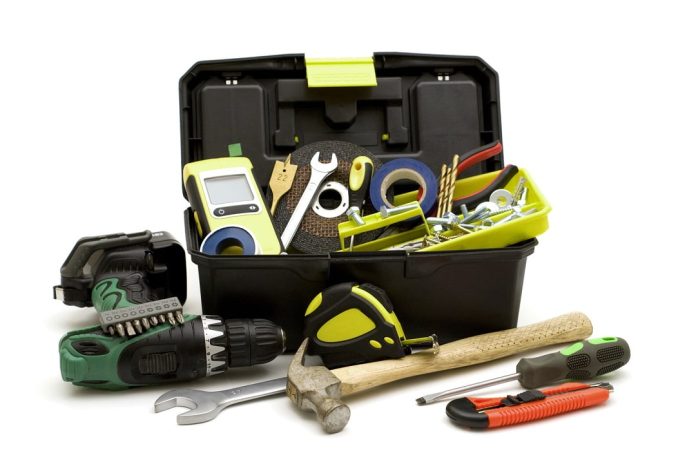What are some useful technical tips for electronic security installers that will enhance the quality of their installations and help them save time in their work?
A: Identify your tools with notches or spray paint. Keep a pulley in the van to use when pulling conductors in a raceway. Fasten the pulley high and string a rope through pulley so you can haul down on the rope rather than up. Use insulated tools, carry a telescopic magnet for retrieving lost nuts and screws in the bottom of cabinets, use soft ties to lift cabling out of the way.
Set up a standard set of home run colours for all residential jobs and use it with all your installations. Replace 6-32 screws when installing hardware with stainless steel Phillips head screws. They will come out easier when needed 10 years later.
Identify your cables with a tic tracer. Strip one conductor in the cable. Jam it into end of a GFCI protected receptacle. Go to the other end. Use your tic tracer to identify cable for labelling. This saves time over marking, numbering, and pulling on cable to identify. Carry a stud finder and a hall effect multimeter – they will both save time and complexity, even if the latter is not as accurate a measurement as cable stripping.
Drill then tap larger screw sizes when an existing tap is damaged – go 6 to 8, 8 to 10, etc. Use Velcro behind boxes, panels and other fixtures which are hard to hold in place, so they stay still when you’re fixing them. Put Velcro on the wall surface and the panel, the position. This will allow you to obtain proper plumb and level.
Use only stainless steel for all exposed metal – if the metals are incompatible in nobility coat exposed surfaces or use plastic washers to separate them – this is less important in dry internal environments. In external applications coat stainless where it contacts less noble metals – sailors use Loc-Tite – there are other options. If you’re a 240V AC electrician, when adding a receptacle on an industrial cover, pre-wire the receptacle with tails. You can then simply wire nut the device to circuit conductors. This is a time saver, particularly in difficult to reach places.
Favour a Hall effect DMM when troubleshooting – it will show electrical signals without your having to break circuits. Keep your tools clean and slightly oiled – and try to buy higher quality tools with hardened work surfaces that are made of superior grades of metal. Upgrade your handheld gear to 18V when it needs replacement – 18V delivers more torque and longer battery life – but don’t bother unless your 12V gear is worn out.
Wood is a wonderful material, electrically inert, malleable and ideal as a mounting point for a wide range of controllers, junction boxes and system components. If you use wood, be sure to select quality timbers and prep them – especially in outside applications, or where moisture may be present. When coating timber be sure you coat ends or water will migrate up the grain. Moisture can ruin bare timber in 6 months but properly selected, prepared and maintained, it will last for centuries.
When connecting cabling, support your butt connectors with heat shrink that’s been heat-gunned for a uniform mechanical join that strengthens and waterproofs conductors. Don’t overtighten your crimps – the result can be increased resistance and the build-up of heat that might pose a fire risk, especially in the presence of higher 12V DC current draws.
Practice working with one hand – especially jobs like crimping. Still with crimping, carry a smaller crimp as well as a larger. There are some applications, such as fully loaded control panels, where a large crimping tool is an impediment, not an advantage. If you think you should fuse the hot side of a circuit, fuse it, especially with higher draw equipment – it’s better to do another couple of minutes work if it means you’re protecting a device for its working life. Never walk past a job that needs doing or redoing.
#sen.news








